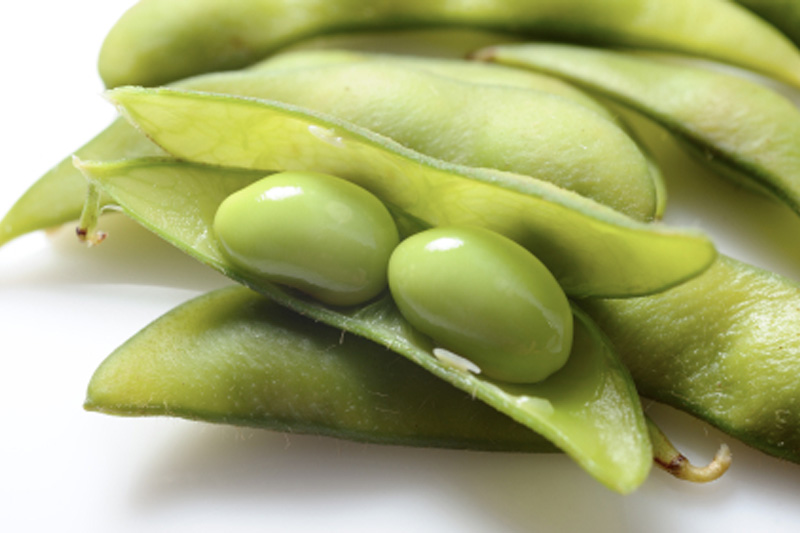Investing.com - U.S. soybean futures regained strength on Thursday, as market players continued to monitor weather condition in key South American growers to gauge the health of crops in countries such as Brazil and Argentina.
On the Chicago Mercantile Exchange, soybeans futures for March delivery traded in a range between $13.5338 a bushel and $13.6113 a bushel. The March soybean contract last traded at $13.5725 a bushel during U.S. morning hours, up 0.2%.
Soybean prices rallied to $13.7160 a bushel on Wednesday, the most since September 16, before turning lower to settle at $13.5420 a bushel, down 0.5%.
Soybean prices have been well-supported in recent sessions as hot and dry conditions in key soy-growing regions in Brazil fuelled concerns over crop prospects.
Brazil had the hottest January ever and the least rain for the period in 20 years, according to agricultural meteorologists.
The South American nation is a major soybean exporter and competes with the U.S. for business on the global market. Crop losses in Brazil could mean increased demand for U.S. supplies.
Meanwhile, corn futures for March delivery traded at $4.5313 a bushel, down 0.1%. CBOT March corn rallied to $4.5440 a bushel on Wednesday, the most since September 30, before trimming gains to settle at $4.5360 a bushel, up 0.95%.
Elsewhere on the CBOT, wheat for March delivery hit a daily high of $6.2060 a bushel, the most since December 19, before erasing gains to trade at $6.1740 a bushel, down 0.4%.
The March wheat contract rallied 1.35% on Wednesday to settle at $6.2020 a bushel.
Wheat prices have been well-supported in recent sessions amid ongoing concern frigid weather conditions in the southern U.S. Plains will damage the quality of the harvest.
Corn is the biggest U.S. crop, followed by soybeans, government figures show. Wheat was fourth, behind hay.
